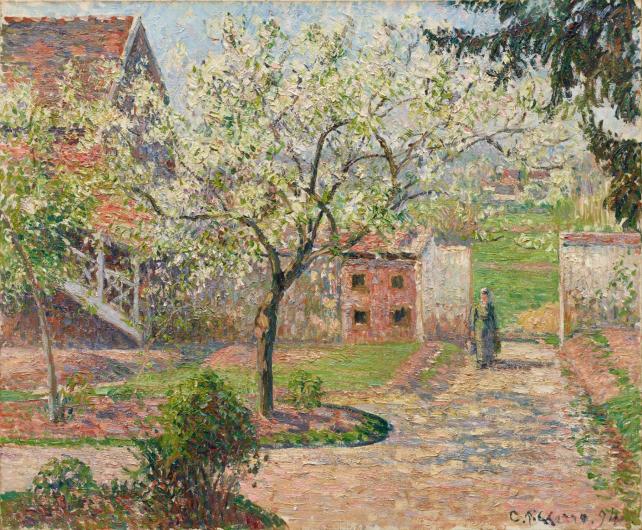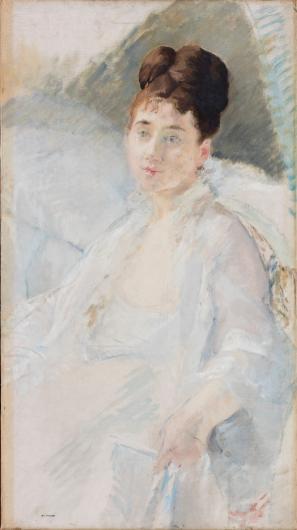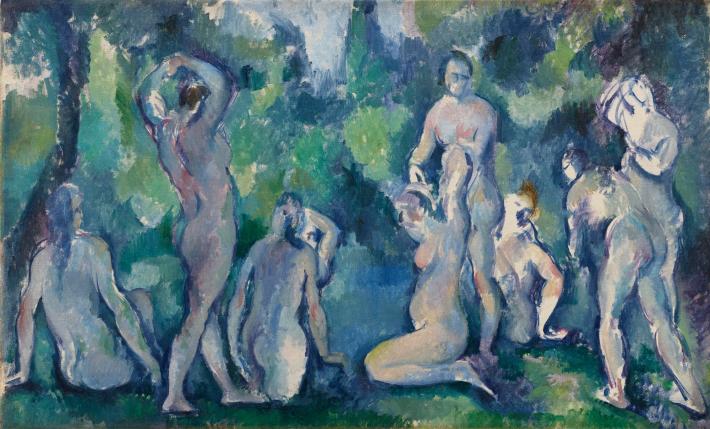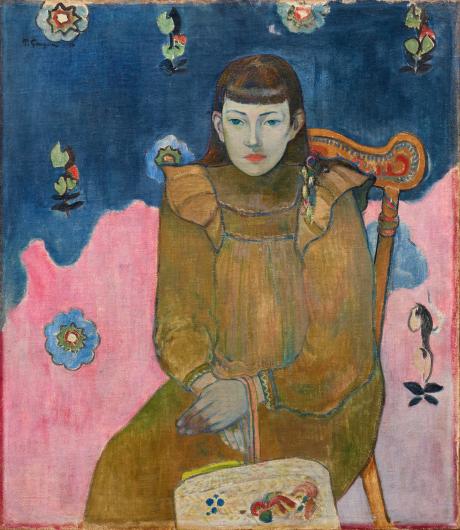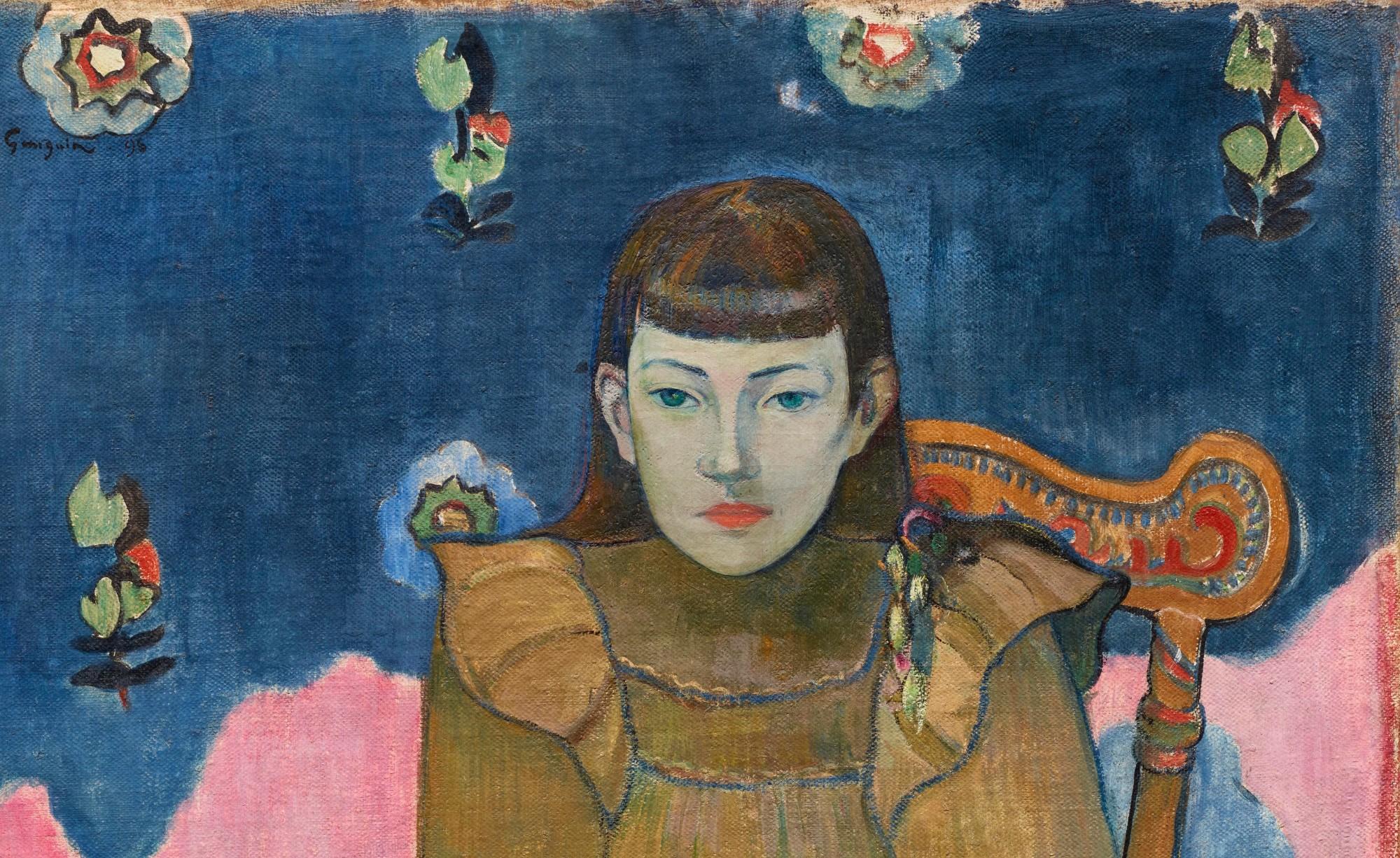
This fall, the Ordrupgaard Collection, a treasure trove of important Impressionist paintings, is on rare view outside of Denmark. Currently showing at the Royal Academy of Arts in London, Gauguin and the Impressionists: Masterpieces from the Ordrupgaard Collection, is one of the most impressive collections of Impressionism outside of France. Their estate and personal collection, now a state museum, is located outside of Copenhagen. While the museum undergoes a renovation, the stunning collection, which masterfully demonstrates the career development of influential Post-Impressionist Paul Gauguin, in particular, has traveled to London.





